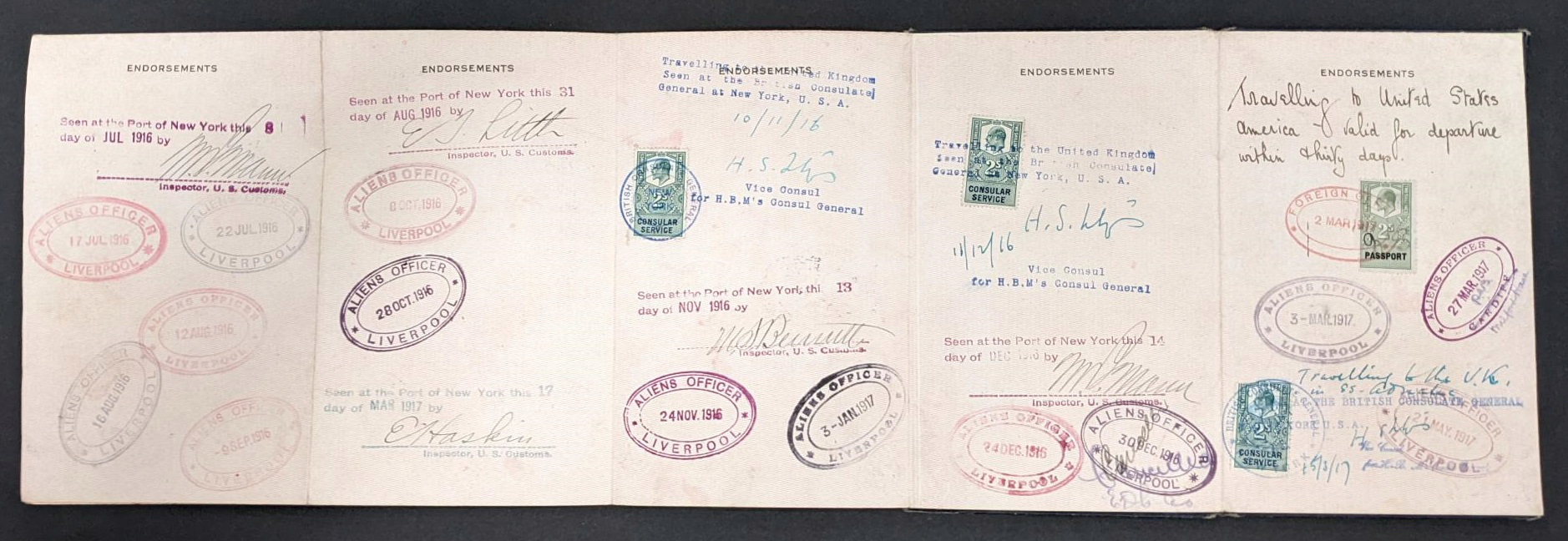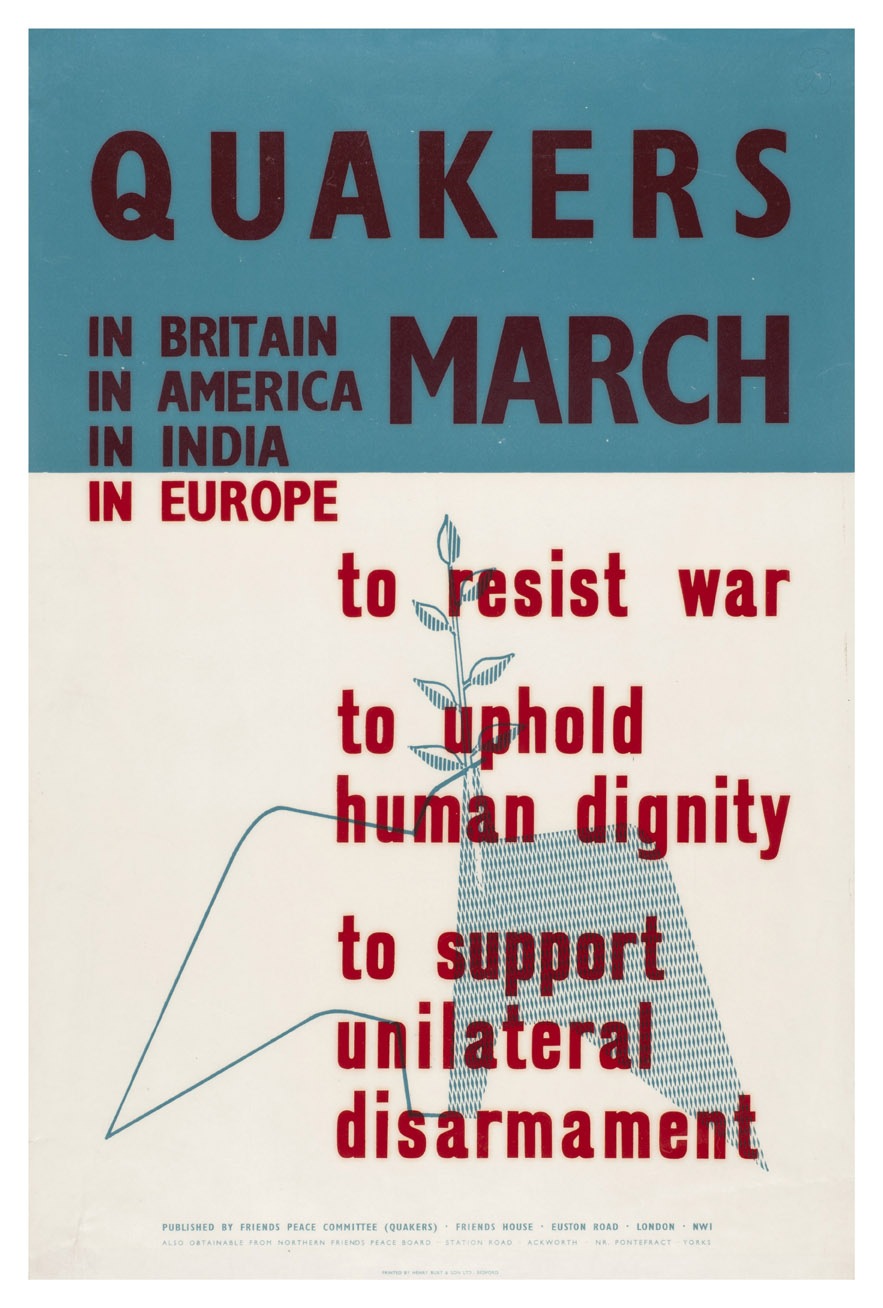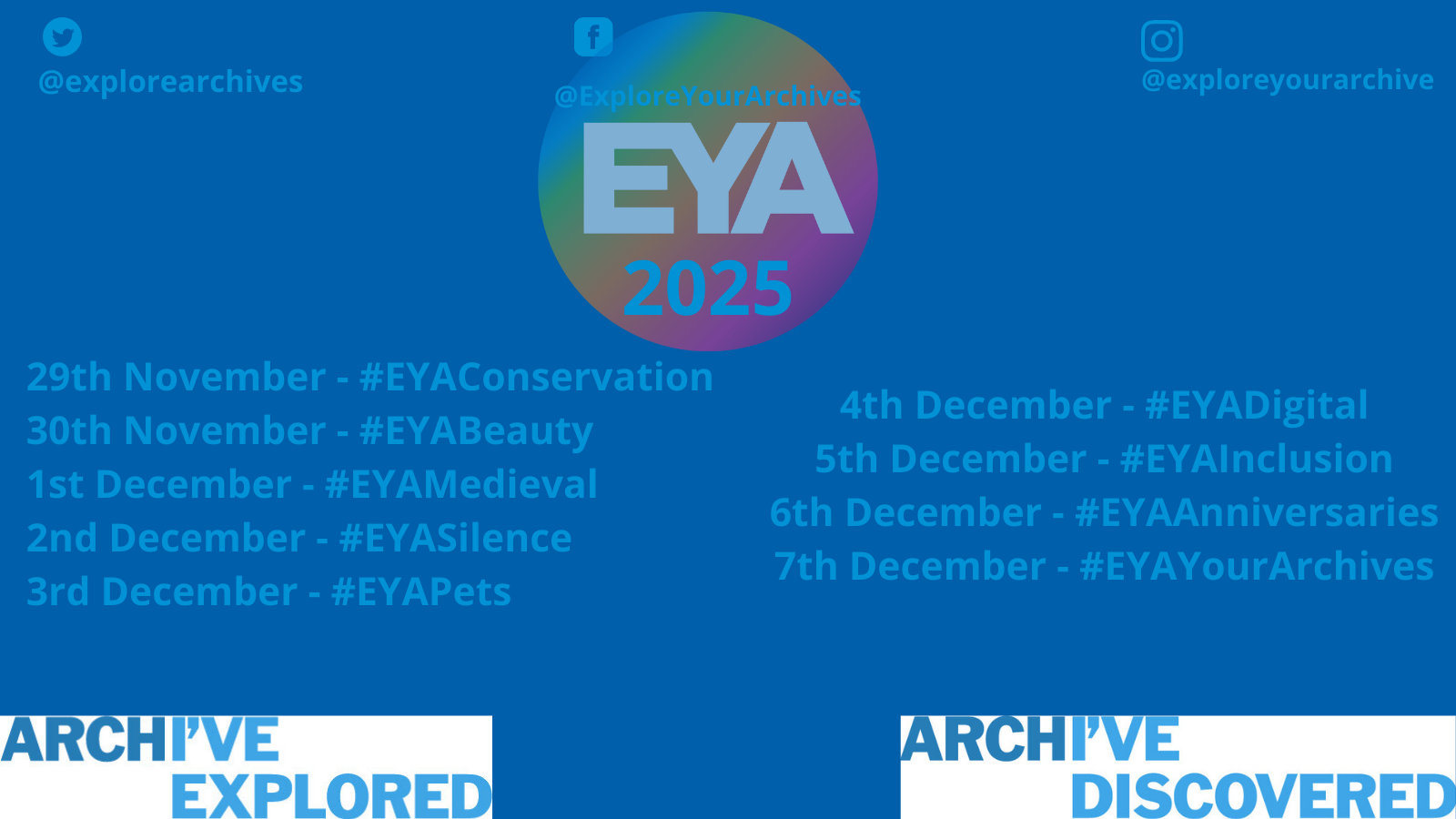To link to this month’s theme of #EYATravel, Kat from the Bank of England Archive highlights an unusual travel record held in their collections.
The Bank of England Archive preserves and provides access to records produced by the Bank in the course of its normal business. We care for over four kilometres of physical material and a growing collection of born digital and digitised records. Whilst researching the subject of the First World War we located a fantastically titled item on the catalogue, ‘Diary of 18 Crossings of the Atlantic, by F G White’. I was immediately intrigued as someone who has barely crossed the Atlantic a few times!
A secret mission during the First World War
Frank George White joined the Bank as a Clerk aged 22 in 1879 and left in 1913 owing to ill health, having risen to the post of 1st Class Clerk in the Cashier’s Office. The diary reveals that he was summoned back to the Bank as a pensioner by the then Chief Cashier. It was for a secretive task, a summary of the purpose of his journeys is outlined on page 76 of the diary:
“…I am very surprised by receiving a letter from Sir Gordon Nairne, of the Bank of England, telling me that some valuable papers were being taken across the Atlantic to New York, asking if I felt equal to making one voyage out & home, and to let him know at once, & by wire… Little did I think then that within the next twelve months, I was to cross the Atlantic eighteen times, and indeed to have the ‘year of my life!’”

Frank was tasked with personally transferring securities, a type of bond issued by the government, across to New York. From the diary it is clear he didn’t know quite what his secret task was. He was given sealed orders to open at an allotted time on arrival in the United States. Frank clearly excelled on his initial trip and in the end made the journey by cruise liner between New York and mostly Liverpool 18 times between 24 June 1916 and 21 May 1917. This was no mean feet in 1916 in the midst of the First World War.

Frank White’s diaries
There are two versions of Frank’s diary: one is a small black leather bound volume with gold edging, containing only the text of his travels. The second is a much larger red bound volume, which includes the diary entries alongside many travel mementos such as postcards, maps, leaflets and even his copiously stamped passport! Both diaries are in manuscript hand and must have taken considerable effort to compile from his original notes and then copy. Frank frequently refers to himself as “Nemo” in the text, perhaps a reference to the character Captain Nemo created by Jules Verne in Twenty Thousand Leagues Under the Sea. Or it could be a nod to his secretive task, ‘Nemo’ being Latin for ‘no name’.

Although the Archive contains employment records such as staff lists and salary ledgers, such a personal detailed document as this travel diary is rare for the Bank Archive. Frank recounts a time during the First World War that was a world away from the trenches and horrors of the Front Line. From his descriptions, we gain an insight into the comfort and glamour that came with travelling by cruise liner, as well as the trepidation and life-threatening danger of sailing amongst many submarines.

Luxury liners and the Atlantic passage
Frank White travelled in real comfort on the White Star Line on eleven occasions and seven times on the rival Cunard Line. At one point he had just a one-day turn around in Liverpool before heading straight back out to the United States. Generally, transit between Liverpool to New York took eight to twelve days by the more rapid cruise liners of this time. For each vessel Frank recorded all kinds of information and made efforts to get to know many of the staff. His first voyage was on the Cunard’s Orduna. He made five separate voyages on the White Star Line’s Celtic, which would later be struck by both a mine and a U-boat torpedo during the continuing war.



Clockwise from top left: The music room (page 168), details of Frank’s first transatlantic voyage vessel, the Orduna (page 93), and the dining saloon (page 161, with annotation of Frank’s table). © Bank of England Archive
On board activities
All types of minutiae are included in the diary. For instance, Frank was especially struck by the brilliance of the night skies on board ship, which were further intensified due to the war time black outs on board deck, with not a single light allowed to be seen anywhere outside at night.
“This is the first time that I have ever seen the whole constellation [Sagittarius], for the lower part does not rise above in England – grand indeed is the scene overhead, & often during the coming voyages do I show it to groups of passengers on deck after dinner, as the great liners are making their way through that glorious host of stars, suns every one of them”

On another voyage Frank encountered a group of Canadian passenger’s singing “The Maple Leaf Forever” with intense feeling, he provides the lyrics in his diary and even pops a maple leaf into the diary for good measure.

One of my favourite ephemera inserts in the diary are a series of vibrantly coloured flag day pins. Within months of the outbreak of the First World War Agnes Morrison CBE established ‘Our Day’ collections. Street collectors would give out flag pins to be worn on the lapel as a ‘Thank You’ for a charity donation. White’s diary contains examples including the Women’s Emergency Corps, the Royal Society for the Prevention of Cruelty to Animals (RSPCA), and the Royal National Lifeboat Institute (RNLI). ‘Our Day’ collections raised more than £25 million pounds at the time, the equivalent of over £1 billion today.

First impressions of America
White also captures the excitement of visiting many famous New York sites for the first time. He records his first glimpse of the Empire State building, the elegance of the Vanderbilt Hotel, and the opulence of the Woolworth building, which was the tallest building in the world until 1929.


Further information
All images courtesy of The Bank of England Archive, item reference M7/161.
For further information on the Bank of England Archive and the Archive catalogue see: Bank of England Archive | Bank of England
A range of digital records can be accessed online at: Digitised documents | Bank of England
Learn more about the remarkable travels of Montagu Norman, the Bank of England’s longest serving Governor: Bitesize: The travels of Montagu Norman – Bank Underground
Written by Kat Harrington, Assistant Archivist at Bank of England.
Edited by Isabel Lauterjung, Blog Coordinator for Explore Your Archive.



